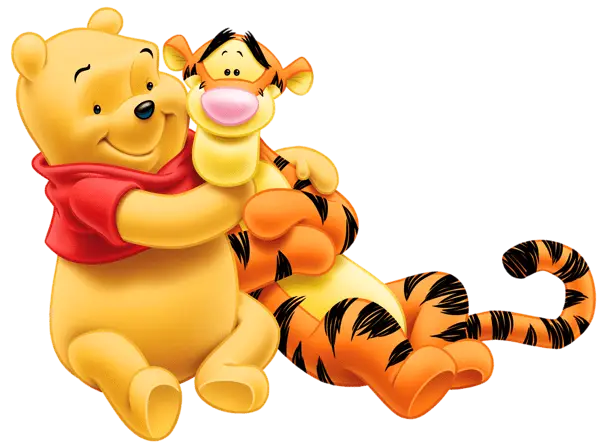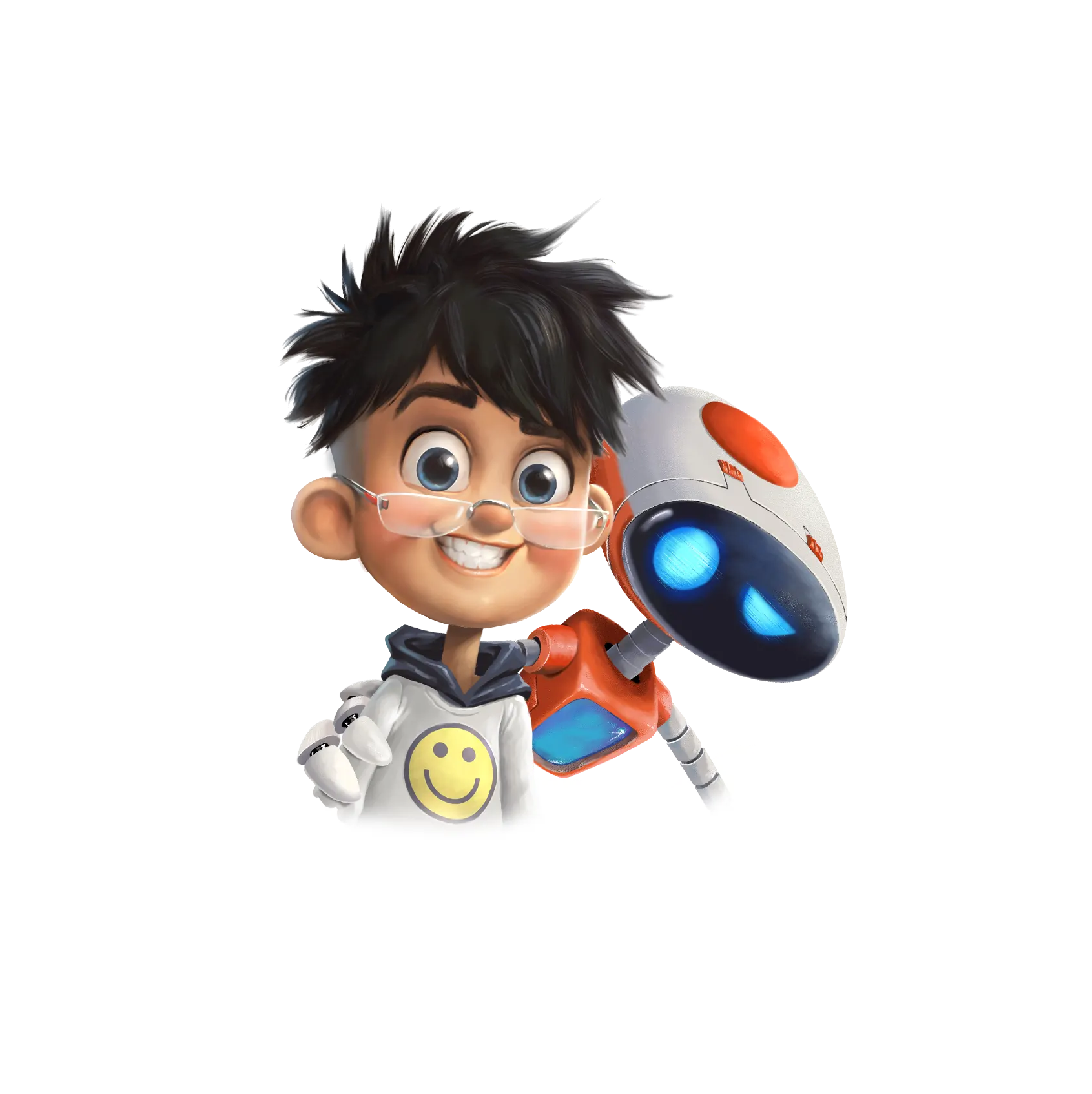Various Animation Techniques in Multimedia
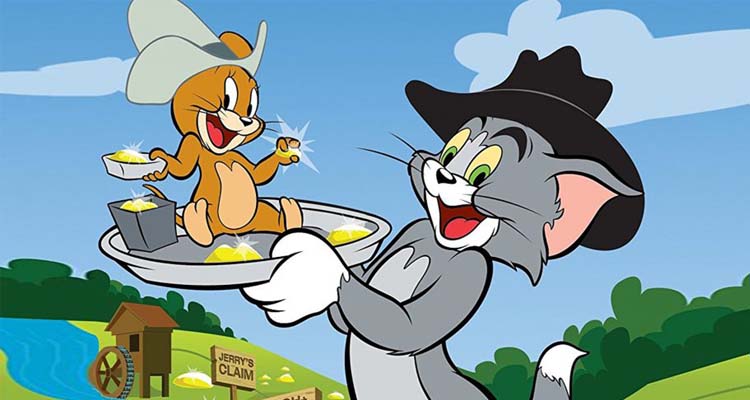
Animations are fun, right? You can write a thousand words to convey your point, but a short animation movie is far more effective. Perhaps, that’s the reason people prefer them for education, business, presentations, and various other purposes. However, before you finally move on to making one for yourself, it’s essential to have at least a basic understanding of the various animation techniques in multimedia. After all, it is quite possible that your audience could enjoy a 2D style more than stop motion.
We will cover five different techniques here briefly and try to learn their key differences.
Stop Motion
Cut-out animations are a great example of a stop-motion style. A single drawing is made rather than sequential images and it is then cut into pieces. Those cut-outs are joined together with pins or wires. This allows the animator to move specific parts of the character to show animation.
Traditional
This includes the oldest techniques that were used by Disney and other entertainment brands in the earlier days. The idea is simple – you draw sequential images for each frame and show them in series to give an illusion of animation. It’s just like those animation books that give an illusion when you flip the pages quickly.
2D Motion
This can refer to two things: traditional animations made from paper or other similar mediums and vector-based animations made on computers. We will focus on the latter here. The idea is the same as the traditional one. However, the only major difference is the lack of a solid medium. You make all the drawings digitally on a computer and play those images to give an animation effect. So, it’s comparatively easier and quicker than the traditional technique.
3D Animations
3D movies are quite popular entertainment these days. This technique is quite similar to playing with puppets but in a digital environment. The underlying process is quite technical, so let’s focus on the key principles. 3D animations combine the frames of 2D with the modeling of characters. The computer prepares the images in a digital space and does all the calculations to make the objects move in the desired way. Generally, this is quite an expensive style of animation and is seldom used.
Motion Graphics
This one is quite different from the ones listed above. Why? Motion Graphics is not dependent on any storyline. Rather it is just the movement of static images and texts to add some special effects. For instance, the credits list at the end of a movie, animated logos, and even explainer videos are all motion graphics.
There is a complete science behind these animation techniques in multimedia (which is usually more relevant to an animator). Still, confused about which style will work best for you? Contact us today to discuss various possibilities of animation videos to meet your purpose.
FAQ
Traditional animation involves drawing sequential images by hand on a physical medium, while 2D Motion animation creates digital drawings using computers, making it faster and easier
3D animation requires advanced technology, extensive modeling, and complex calculations, making it a highly technical and resource-intensive process.
Stop Motion uses cut-out drawings or objects joined with pins or wires. Animators move specific parts frame by frame to create an animation effect.
Motion Graphics focuses on animating static images and text to create effects. Unlike other styles, it doesn’t rely on a storyline and is used for credits, logos, and explainer videos.
It depends on your audience. 2D Motion or Motion Graphics are often ideal for educational content due to their clarity, simplicity, and cost-effectiveness



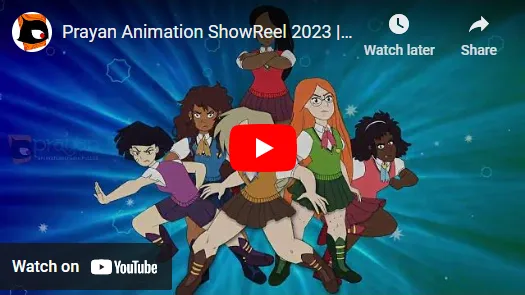

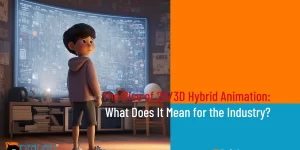

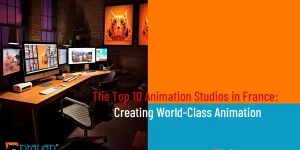



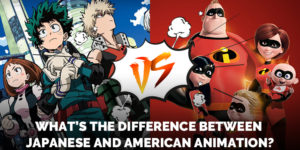

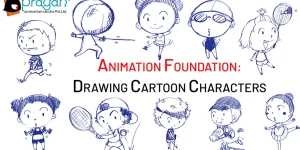



 We can help you.
We can help you. 

